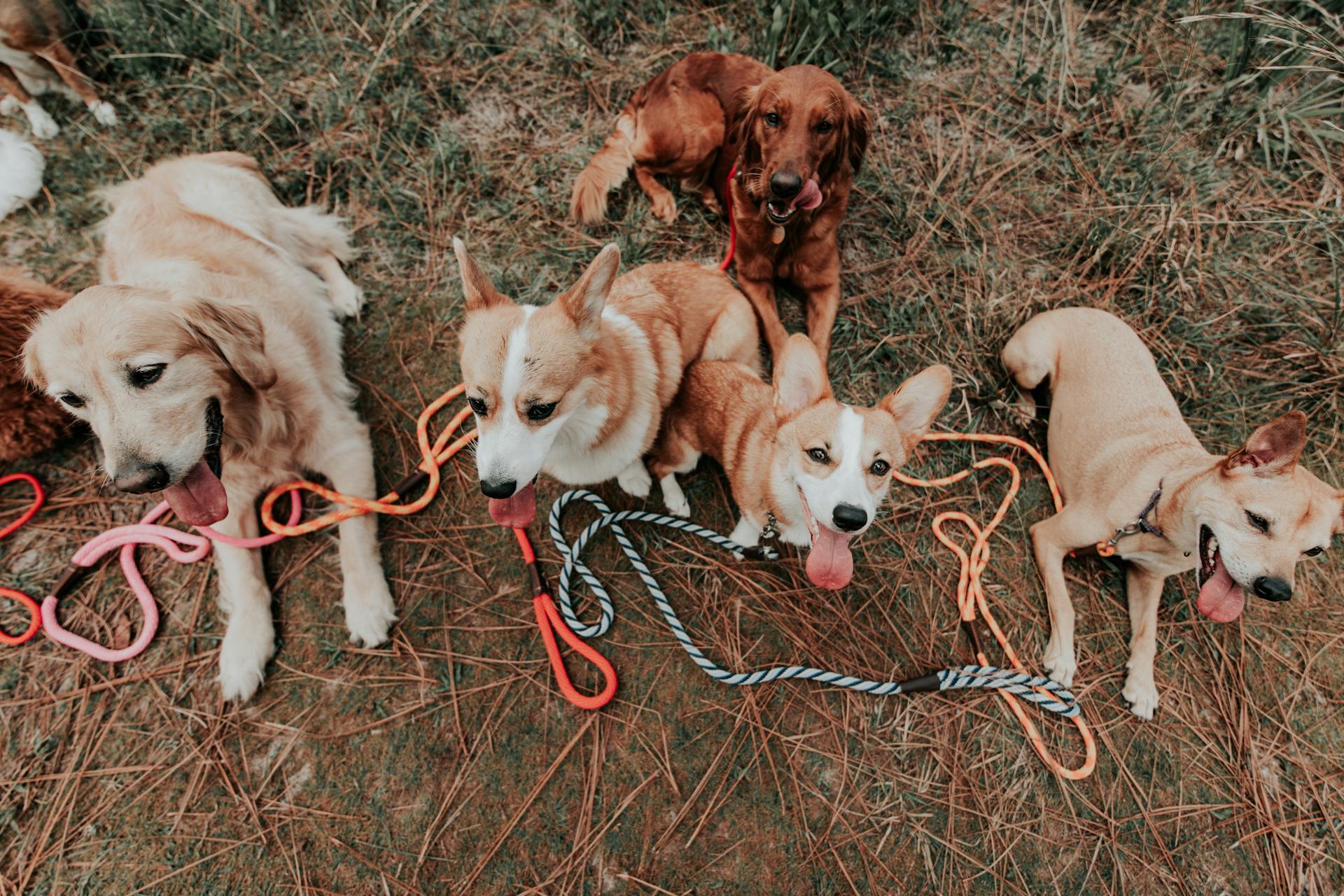The Argentino Dogo is a breed that's steeped in history and tradition, originating from Argentina in the 1920s. They were bred for hunting large game, such as wild boar and puma.
Their short, smooth coat requires minimal grooming, making them a great choice for busy owners. They come in a variety of colors, including brindle, fawn, and white.
With their muscular build and athletic ability, it's no wonder they excel at hunting and other physically demanding activities.
Origins and History
The Argentine Mastiff-like Viejo Perro de Pelea Cordobés was used for pit fighting and hunting large prey. It was a fierce breed, but difficult to own due to its aggressive nature.
To improve the breed's temperament and abilities, the Nores Martinez brothers crossed it with several other breeds, including the Pointer for scenting ability and the Pyrenean Mastiff for a calmer temperament. They also added the Bull Terrier for a white coat color and the Bulldog for increased jaw strength.
The resulting breed was the Dogo Argentino, which gained popularity when Antonio Nores Martinez pit it against a boar and a puma – and the Dogo won. This caught the attention of many, and the breed began to gain recognition.
In 1964, the Argentine Kennel Club recognized the Dogo Argentino, and in 1973, the Federation Cynologique Internationale (FCI) followed suit. The breed was introduced to the United States in 1970 and became popular with hog hunters in the western part of the country.
Temperament and Personality
The Argentine Dogo is a loyal breed with a strong instinct to protect its human family, making them excellent watchdogs. They can be fiercely protective and will display this instinct openly with anyone they consider a threat.
This breed benefits from consistent coaching and instruction, and needs an authoritative voice to socialize and train it. If not properly trained, they can become too wilful or disobedient.
The Dogo Argentino is a highly intelligent and energetic breed, requiring early socialization to be the ideal doggie companion. They are serious athletes with solid and powerful physiques, making them a great fit for active owners.
They are not big barkers but will alert you to something they feel is suspicious or not sure about. This breed is known for being less than welcoming to strangers and other dogs, so socialization is key.
The Argentine Dogo has a fantastic work ethic and will happily occupy itself with activities, making them a great breed for owners who enjoy outdoor activities. They are independent dogs that need an experienced owner to handle their training needs.
With the right training and socialization, the Dogo Argentino can be a loving, loyal, and demonstrative companion that likes close contact. They are gentle and affectionate with their owners, but require plenty of exercise and mental stimulation to prevent boredom and destructive behavior.
A different take: Can Shiba Inu Reach 1 Dollar
Care and Upkeep
The Dogo Argentino needs plenty of exercise to stay happy and healthy, which can be aided by a secure fenced yard to run around in. It's also a good idea to supplement with leash walks and other activities like games, agility, and obedience training.
Frequent exercise is essential to burn off energy and prevent boredom, anxiety, and destructive behavior. This breed can get bored if it's not mentally stimulated, so make sure to engage its mind with activities like scent work.
The Dogo Argentino has a short, all-white coat that's easy to maintain, but it will shed a fair amount. You'll need to brush it weekly to keep it looking its best, and have a lint roller on hand to deal with loose hair.
This breed doesn't like extreme cold or heat, so make sure to keep it comfortable in all weather conditions. If you live in a hot or cold climate, consider providing a shaded area or a warm bed for your Dogo Argentino to snuggle up in.
The Dogo Argentino is prone to ear infections, so it's essential to clean its ears weekly to prevent any issues. You should also keep an eye out for any irregularities, like redness or discharge.
To keep your Dogo Argentino's teeth clean, aim to brush them at least once a week. This will help prevent tartar buildup and keep its breath fresh.
It's also crucial to keep your Dogo Argentino's nails trimmed, ideally every month. Long nails can be painful and cause discomfort, so make sure to stay on top of nail care.
Brainstem auditory evoked response (BAER) testing is recommended for all puppies to evaluate their hearing, as pigment-related deafness is reported in the breed. This is an important test to ensure your puppy's hearing is normal.
Health
The Dogo Argentino is a robust breed, but like all breeds, it can be prone to certain health issues. A typical Dogo Argentino lifespan is between 10 and 15 years.
Deafness is a potential health concern, especially in predominantly white-colored breeds. Approximately 10 percent of Dogo Argentinos may be affected by pigment-related deafness.
Hypothyroidism is a common issue in Dogo Argentinos, where the thyroid gland doesn't produce enough thyroid hormones. Symptoms include fatigue, weight gain, skin issues, and changes in behavior.
Glaucoma is an eye condition that can lead to damage to the optic nerve and potential vision loss. Symptoms include eye redness, pain, tearing, and changes in pupil size.
Laryngeal paralysis is a condition where the muscles that control the movement of the larynx become weak or paralyzed. This can lead to breathing difficulties, especially during physical activity or in hot weather.
Hip dysplasia is a genetic condition where the hip joint doesn't develop properly, leading to instability and potential degeneration over time.
Here's a summary of the potential health concerns in Dogo Argentinos:
- Deafness (approximately 10% of dogs)
- Hypothyroidism
- Glaucoma
- Laryngeal paralysis
- Hip dysplasia
Exercise and Training
Exercise is a must for an Argentino Dogo, requiring at least 1 to 2 hours of physical activity per day, such as walks, playing fetch, or hide-and-seek.
A game of hide-and-seek is also fun with these dogs, as they require both physical and mental stimulation. They excel in dog sports like agility, obedience, and weight-pulling due to their athleticism.
These dogs are highly intelligent, but they can be hard to handle for an inexperienced owner due to their high prey drive, strength, and energy.
Big Game Hunters' Quarry
The Dogo Argentina is a breed that can handle big game with ease. Bred to hunt across vast territory and various terrains, these dogs are built for endurance.
Their main prey is wild boar, which can be quite ferocious. Wild boar is known to be a challenging quarry for even the most experienced hunters.
Dogo Argentina's are also used to hunt pumas, peccaries, and mountain lions.
Exercise
To get your Dogo Argentino in top shape, you'll need to commit to daily exercise, setting aside at least 1 to 2 hours per day for activities like walks, playing fetch, or hide-and-seek.
A game of hide-and-seek is a fun way to engage your Dogo's mind and body, as they require both physical and mental stimulation.
Their athleticism makes them excel in dog sports like agility, obedience, and weight-pulling.
You'll want to tailor your exercise routine to your Dogo's individual needs and interests, so be sure to observe what they enjoy most.
Size and Compatibility
Dogo Argentinos are large dogs, typically growing to a height of 24 to 27 inches at the shoulder.
They usually weigh between 80 and 100 pounds, with males being slightly taller than females.
Their size and strength require a lot of space for play and exercise, making them unsuitable for apartment living.
A large, fenced-in yard is ideal for this breed, allowing them to run around and get the physical activity they need.
Dogo Argentinos are powerful and dominant, so they need an owner who can establish dominance as the pack leader.
This breed is not suitable for inexperienced dog owners, as they require a strong and confident handler.
For your interest: Large Mountain Dogs
Size
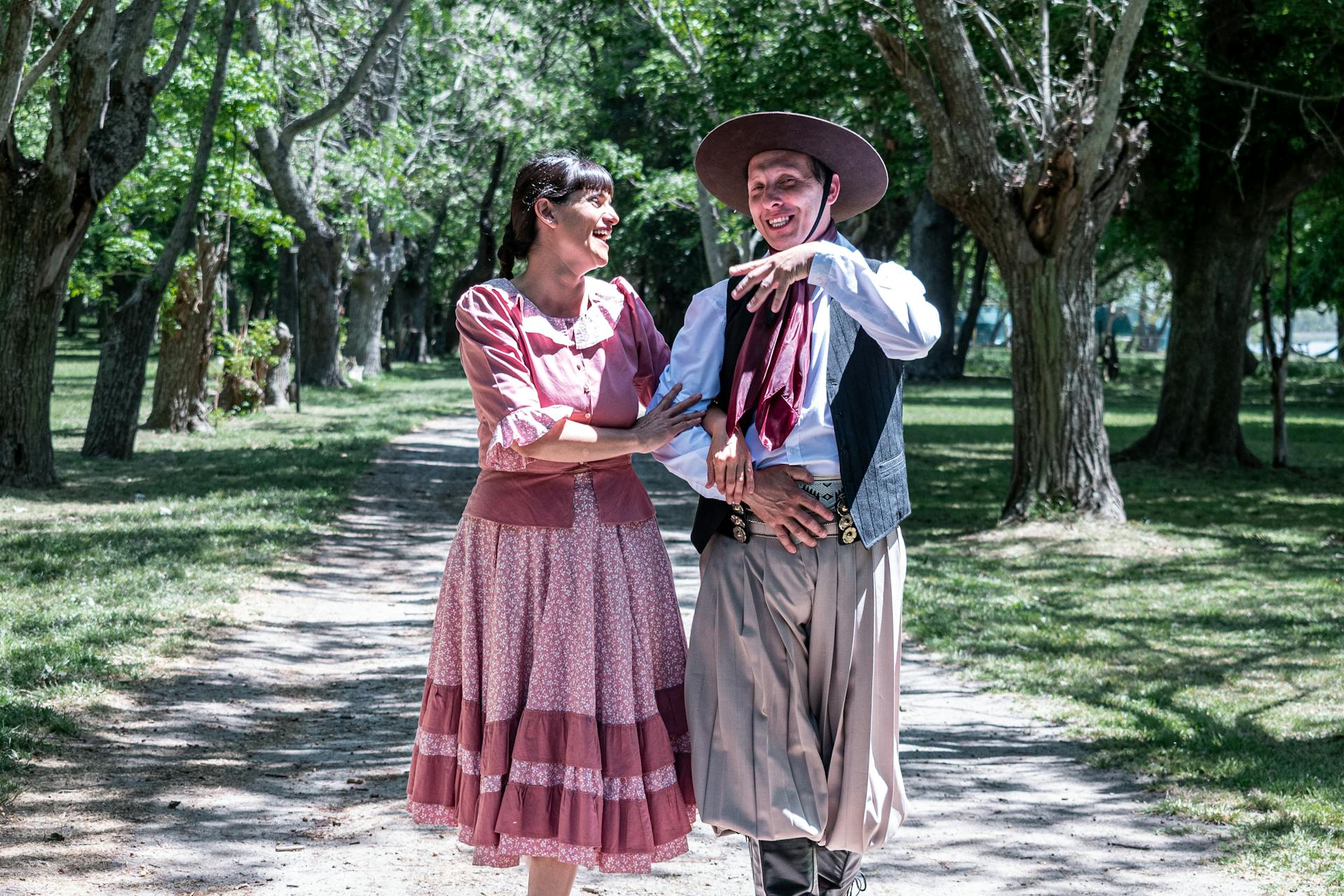
Dogo Argentinos are large dogs, growing to a standard height of about 24 to 27 inches at the shoulder.
Males tend to be slightly taller than females by about an inch on average.
The breed usually weighs between 80 and 100 pounds.
Their body is usually slightly longer than it is tall.
Dogo Argentinos have large, broad heads that make them resemble the American Bulldog or the American Pit Bull Terrier.
Some Dogo Argentinos may be quite a bit bigger or smaller than the breed standard.
You'll need a lot of space for a Dogo Argentino, as they weigh between 88 and 100 pounds.
A large, fenced-in yard is ideal for this breed.
Expand your knowledge: 100 Years Ago Original Boston Terrier
Similarly Sized
When dealing with similarly sized items, it's essential to consider their compatibility.
The width of a standard door is around 32 inches, which is roughly the same as the width of a standard refrigerator.
In many homes, the kitchen is the central hub, and the refrigerator is often placed near a doorway.
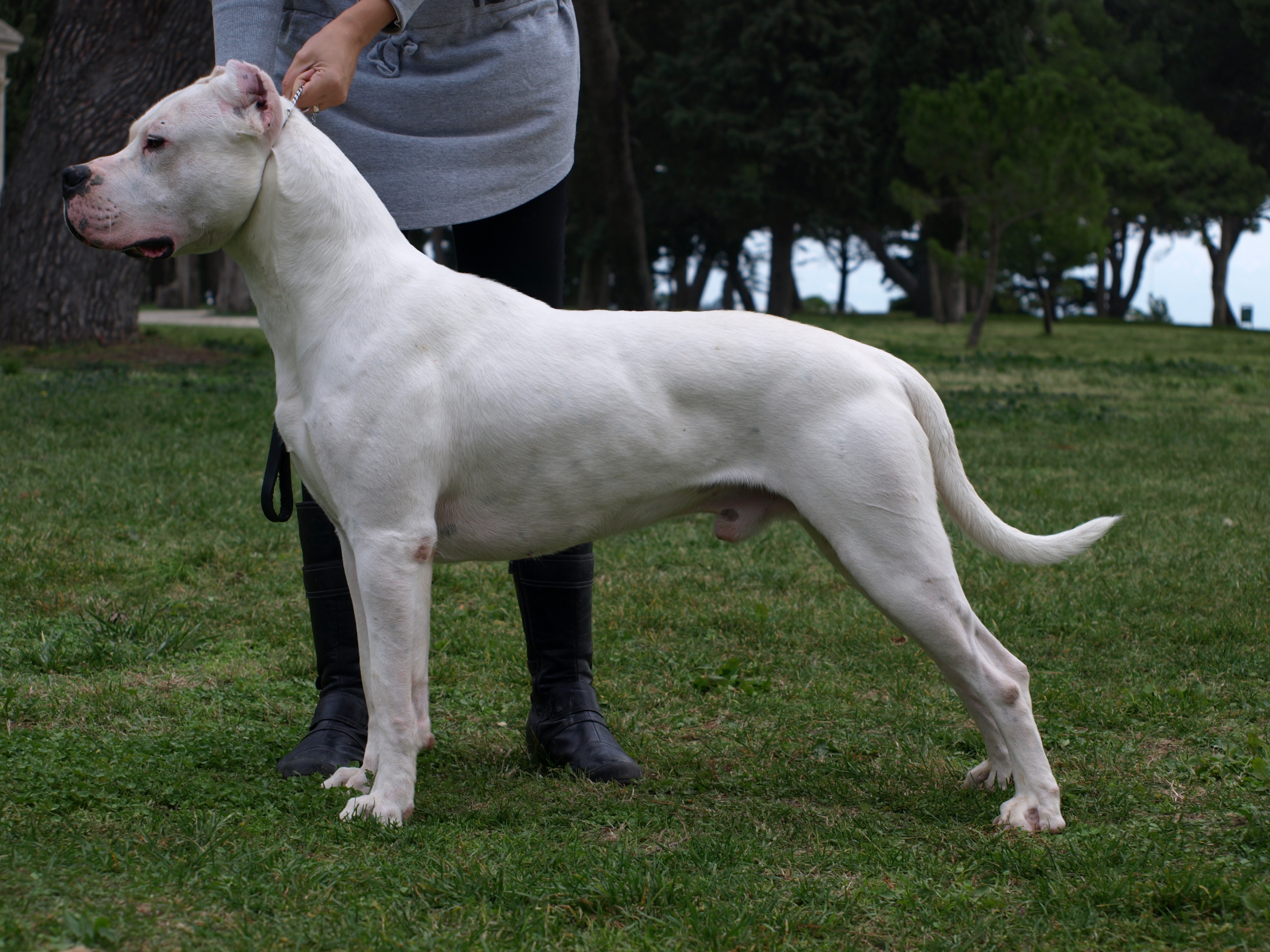
A standard refrigerator is typically 36 inches tall, which is the same height as many kitchen cabinets.
This similarity in size makes it easier to integrate these appliances into existing kitchen designs.
The average height of a person is around 5 feet 9 inches, which is roughly the same as the height of a standard kitchen counter.
This similarity in height allows people to comfortably work at the counter without straining.
Pet Compatibility
When it comes to pet compatibility, the Dogo Argentino is not the best fit for households with smaller pets like cats, gerbils, or hamsters due to their strong prey drive.
They can be challenging to pair with other dogs, especially if they weren't raised with one and aren't properly trained and socialized by an assertive owner.
However, with proper training and socialization, they can do well with another dog if raised with one from an early age.
Early socialization and training are extremely important for Dogos, as they can be protective of their people and may not naturally take to strangers.
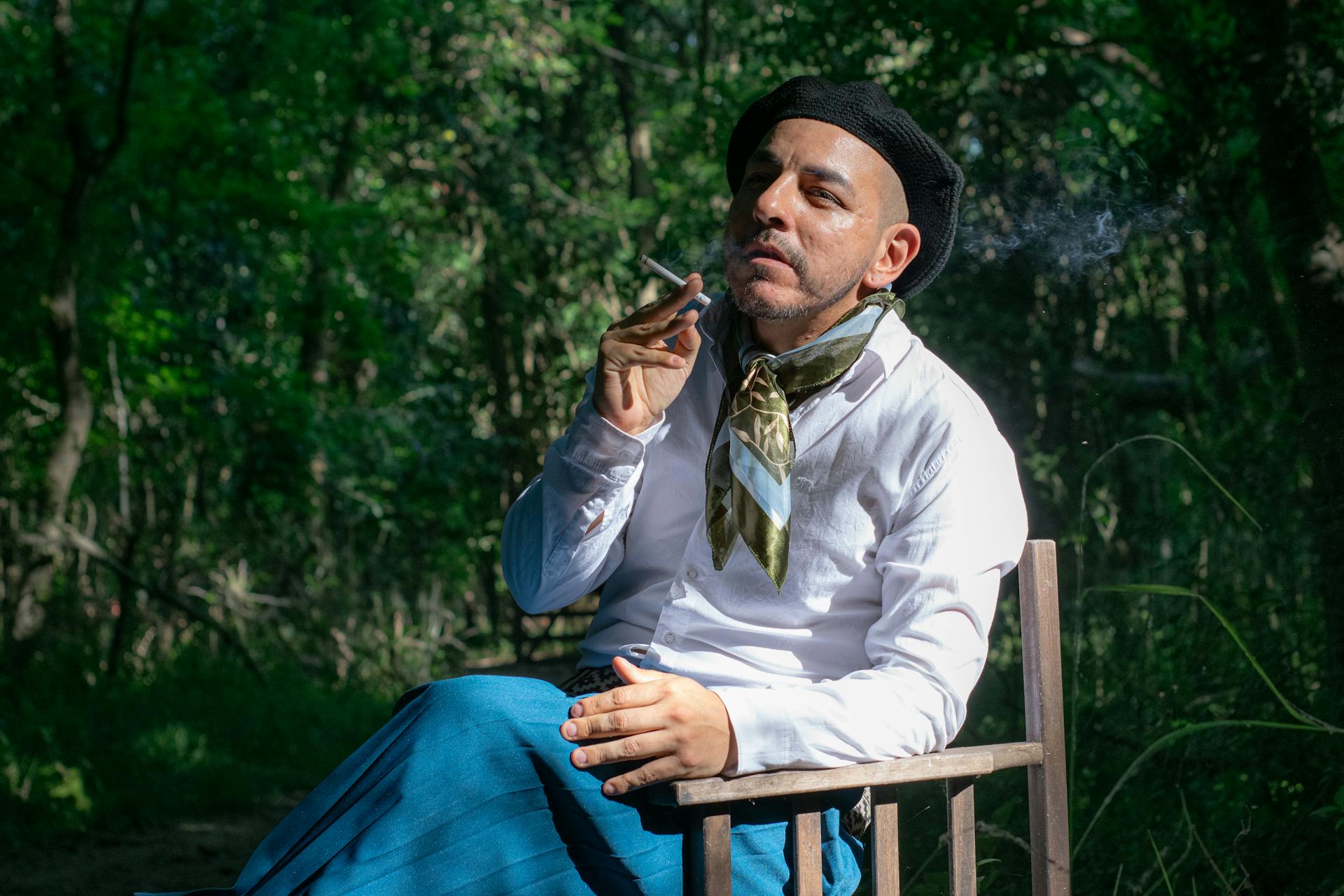
Socializing them early and training them to interact with new people and animals will help, and the earlier training begins, the better.
This breed is best suited to a home that has no other pets or only has other large dogs, as they may learn to interact with smaller pets if trained and socialized properly.
Dogo Argentinos are very loyal to their families, including children, so long as they are introduced and accustomed to their presence.
However, visiting children may present a bit more of a challenge, as this breed does not naturally take to strangers.
Children should always be supervised with dogs, even when they are family, and they should be trained on how to interact with animals to avoid incidents.
Family and Socialization
The Dogo Argentino is a loyal and social breed that thrives on being part of a family. They want to be included in family activities and may be playful and affectionate with their human family.
Early socialization and training are crucial for this breed, especially with children. They can be standoffish with children if not properly socialized, making it essential to introduce them to kids early on.
To ensure a harmonious household, it's recommended to supervise interactions between children and Dogo Argentinos, and to train children on how to interact with animals.
Children and Pets
If you're considering getting a Dogo Argentino as a family pet, it's essential to understand their dynamics with children and other pets. They are very loyal to their families, including children, so long as they are introduced and accustomed to their presence.
Dogo Argentinos are not naturally inclined to take to strangers, so visiting children may present a bit more of a challenge. Children should always be supervised with dogs, even when they are family.
Early socialization is crucial for safety, and training them to interact with new people and animals will help. The earlier training begins, the better.
Dogo Argentinos have a high prey drive, which can cause trouble when it comes to smaller pets, including cats and other dogs. They may learn to interact with these animals if they are trained and socialized properly.
In a home with multiple pets, it's best to have only large dogs, as they are less likely to be seen as prey. However, this breed is best suited to a home that has no other pets or only has other large dogs.
Worth a look: English Mastiff Large
Owner Experiences
As a Dogo Argentino owner, you know firsthand the importance of socialization and training. Early socialization is crucial for this breed, as they can be protective of their people.
The Dogo Argentino is a loyal and friendly companion, but they require an experienced owner who can take charge. Inexperienced owners may find it challenging to manage their Dogo's energy and needs.
One of the most common concerns for Dogo Argentino owners is their coat's appearance. Some owners may notice brown spots on their Dogo's coat, but this is normal for the breed.
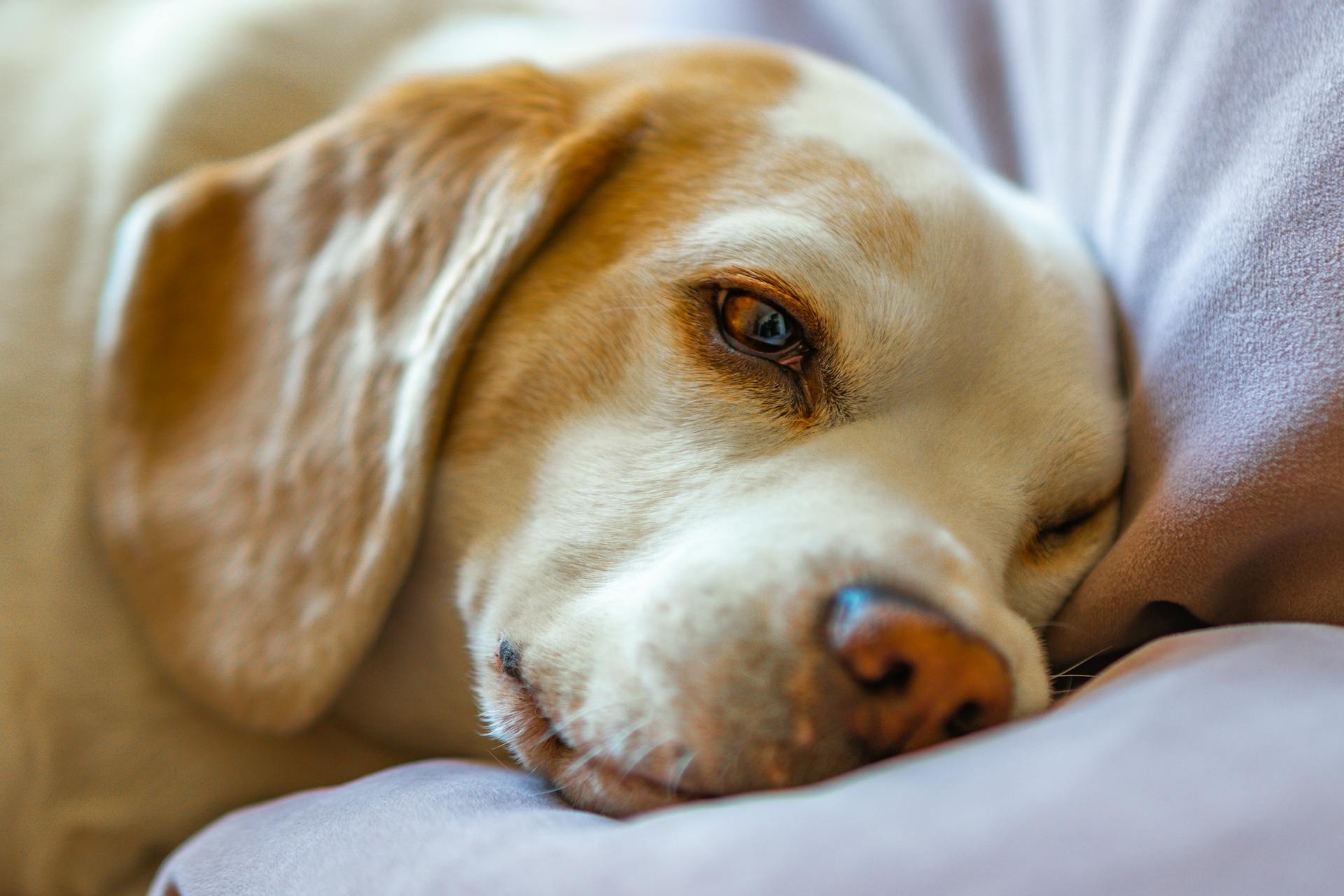
Dogo Argentinos are generally a healthy breed, but their weight can be a concern. A 25 kg female Dogo Argentino may be considered underweight, depending on her muscle mass and body condition.
Feeding a Dogo Argentino puppy requires careful consideration. At six weeks old, puppies need to be fed frequently, but the frequency and type of food can vary depending on the puppy's size and breed.
Frequently Asked Questions
Why are Dogo Argentino so expensive?
Dogo Argentinos are expensive due to their higher risk of health issues like hip dysplasia and deafness, which can increase their cost. This, combined with their initial purchase price of around $8,000, makes them a significant investment for potential owners.
Why is Dogo Argentino banned?
The Dogo Argentino is banned due to concerns about its aggressive tendencies when not properly trained or socialized. This breed requires careful handling and training to ensure its strength and endurance are used safely and responsibly.
What is the aggressive dog in Argentina?
The Dogo is Argentina's national dog, bred for hunting big game, but known for its potentially aggressive temperament. This reputation has led to bans or restrictions on owning Dogos in several countries.
How much does an Argentina mastiff cost?
The cost of an Argentine Mastiff (also known as a Dogo Argentino) puppy typically ranges from $1,500 to $3,500, depending on the dog's pedigree and breeder reputation.
Is Dogo Argentino powerful than Pitbull?
Dogo Argentinos are generally larger and stronger than Pitbulls, making them a powerful breed. However, both breeds are known for their loyalty and protective nature, making them formidable companions
Featured Images: pexels.com

